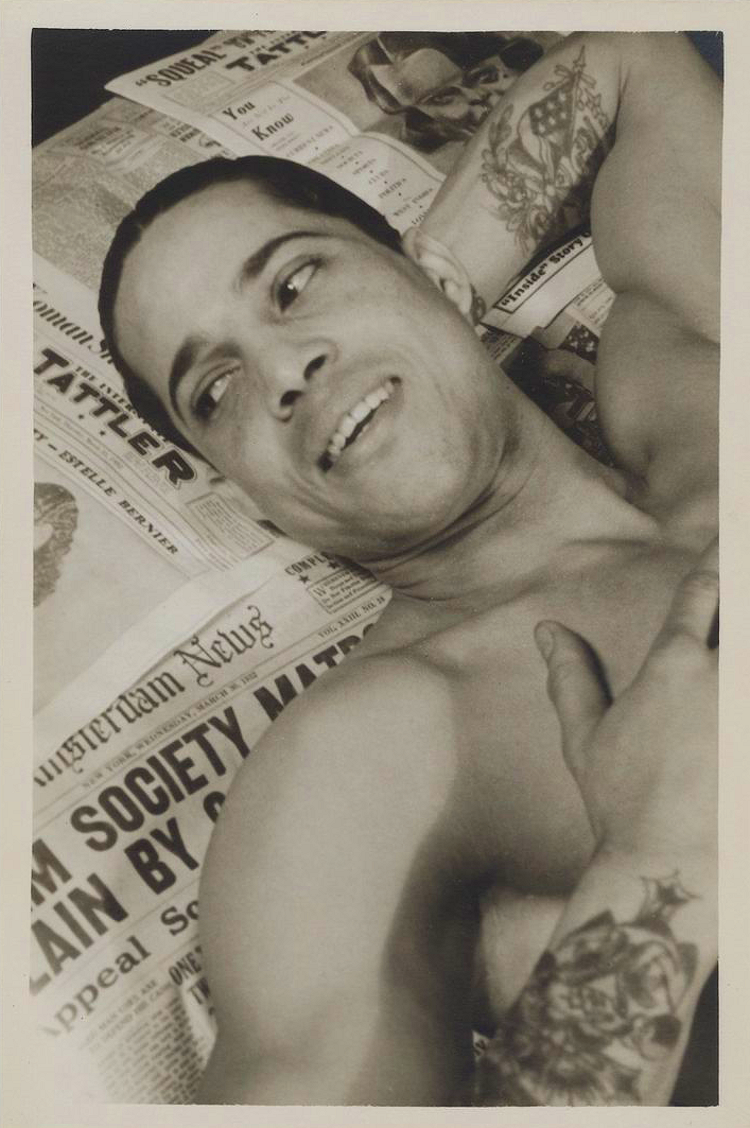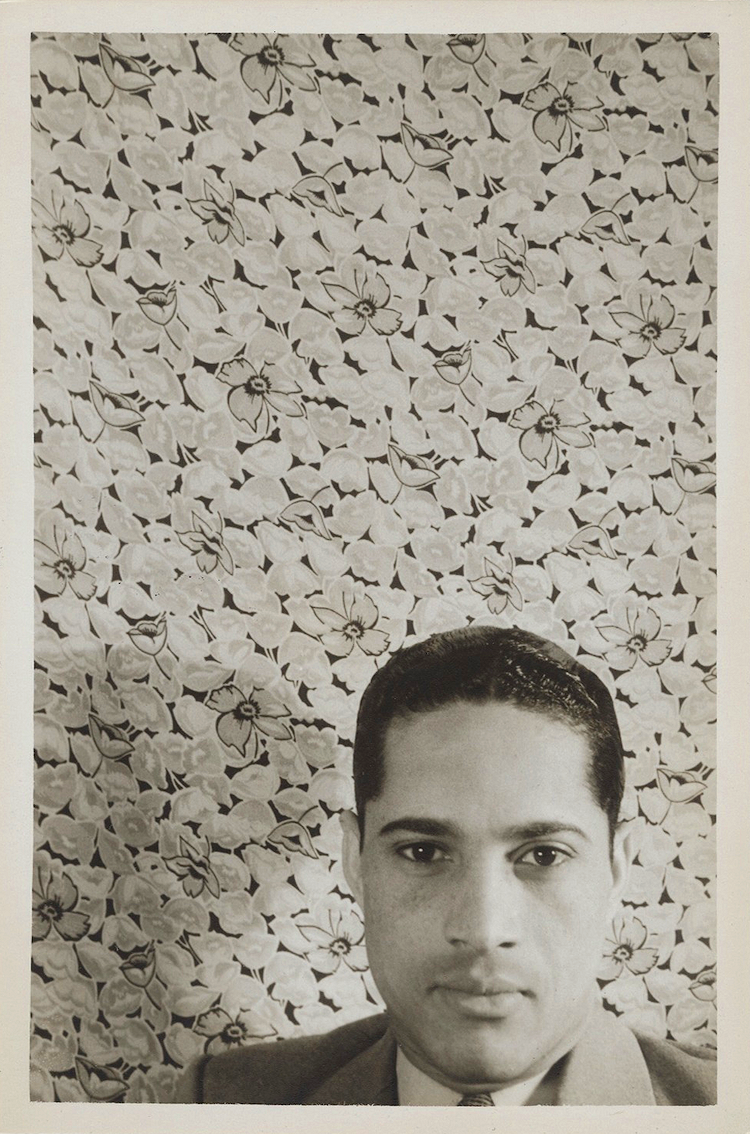




Preston
Paul Meeres (13 August 1902, Green Turtle Cay, Bahamas - 13 September 1962, Nassau), Bahamian dancer and club owner. The grandson of an English minister, Charles Edwin Meeres, rector of the Christ Church Cathedral in Nassau, he grew up in Grant's Town. His father, Paul Aitken Meeres, had six children; four of them were illegitimate, the younger Paul among them. Like many young Bahamian men during the early decades of the twentieth century, Meeres came to the United States as a farm worker on what was called "the contract,"
an employment agreement between the two countries to meet the United States'
demand for farm workers. Soon enough, though with no formal training, he embarked on a dancing career. Strikingly handsome - he would be nicknamed "The Brown Valentino" or "The Sepia Valentino" - and rumored to be gay or bisexual, after a brief first marriage, he married for the second time in 1925; Thelma
Dorsette, born in Brooklyn to Bahamian and Jamaican parents, was around fifteen at the time. As pretty as her husband, she became his dance partner, their act consisting mostly of ballroom
dancing, but also ballet and West Indian numbers. Billed as "Meeres & Meeres", "the Negro Astaires", they became stars of the Harlem Renaissance, performing at the Cotton Club and Connie’s Inn. They also appeared on Broadway in the production of
“Hot Chocolates” with Cab Calloway. The couple had two children - their son would also go on to success as a dancer, billed as Paul Meeres, Jr. - but they divorced in 1930. (He must have married again, as it appears he had a second daughter, born in 1931.)
 |
| Costumed for an unknown dance number. |
Meeres went on to tour much of America, as well as Cuba, the Far East, and Canada. He gained further success in Europe as a solo act; among other engagements, he performed at the Folies Bergère, working with Joséphine Baker whom he'd known in the Harlem days. (It's even said that he gave a command performance at Buckingham Palace, but that sounds perhaps a bit far fetched to me.) In 1939 he returned to the Bahamas and opened his own nightclub, theatre, and hotel. The Chez Paul Meeres Club turned out a great success, very popular with international travelers and big name celebrities; Elizabeth Taylor and Ava Gardner are said to have been among the guests. He brought in the very best bands and performers, and having himself appeared in all the best and most famous clubs in Paris, London, New York, and Cuba, he was able to replicate much of that atmosphere. Things turned very sour in the late Fifties, though. When a nephew escaped from prison and hid in his mother's house,
Meeres took the rap for housing a fugitive. He was arrested, convicted, and spent six months in
prison for the offense. He was never the same after that. He fell into a deep depression and started drinking heavily; he still had the club, but "he just walked the street drunk". In 1957 a couple from Sweden, took over the club and renamed it "The Tropicana"; it burned down the following year under suspicious circumstances. Four years later, a drunken Meeres staggered into the path of an oncoming bus. He was pronounced dead hours later at the Princess Margaret Hospital. He was sixty years and one month old, exactly.
***
 |
With Joséphine Baker, performing at the Folies Bergère. Inscribed:
"To my old Pal Jimmie, so good to meet in Paris all my
very best ever,
Paul Meeres and Josephine Baker." |
 |
| A rather more private image, "Venice" in the background. |
(Additional information provided by Phil Austin Roberts of the Bahamas.)






















































